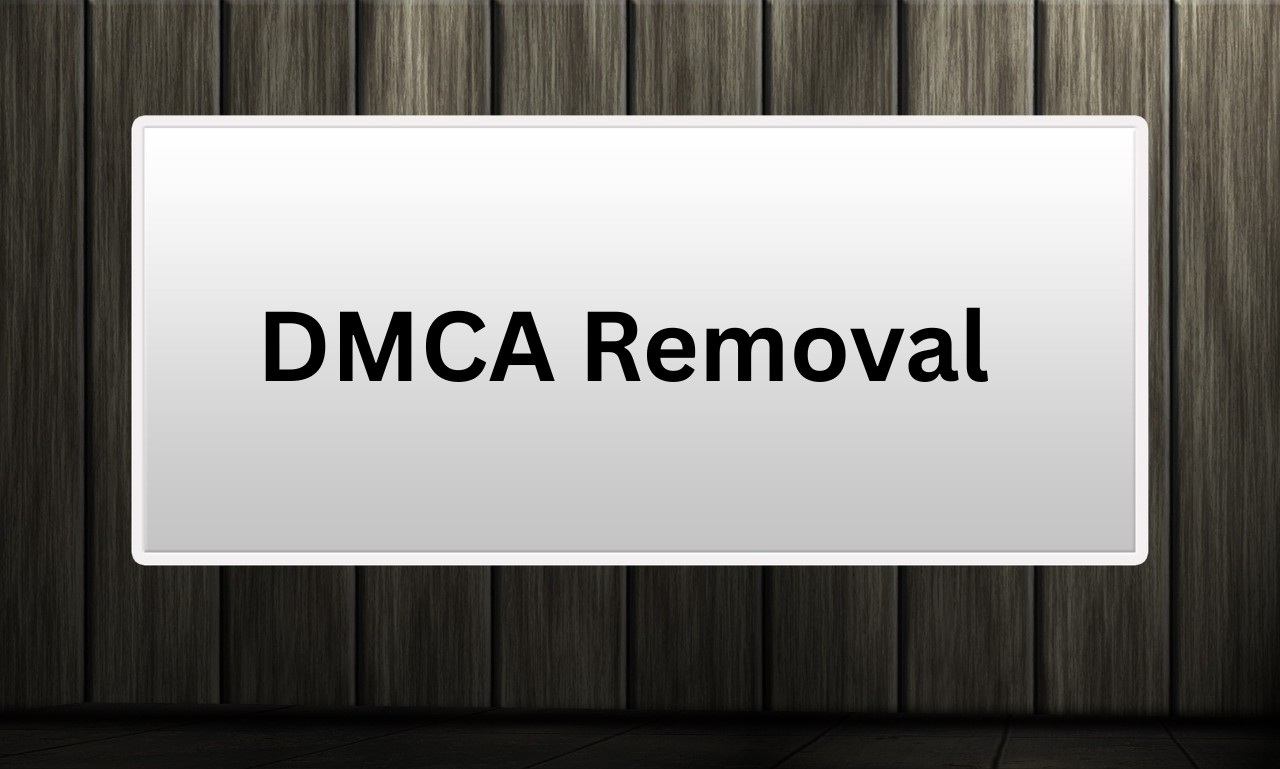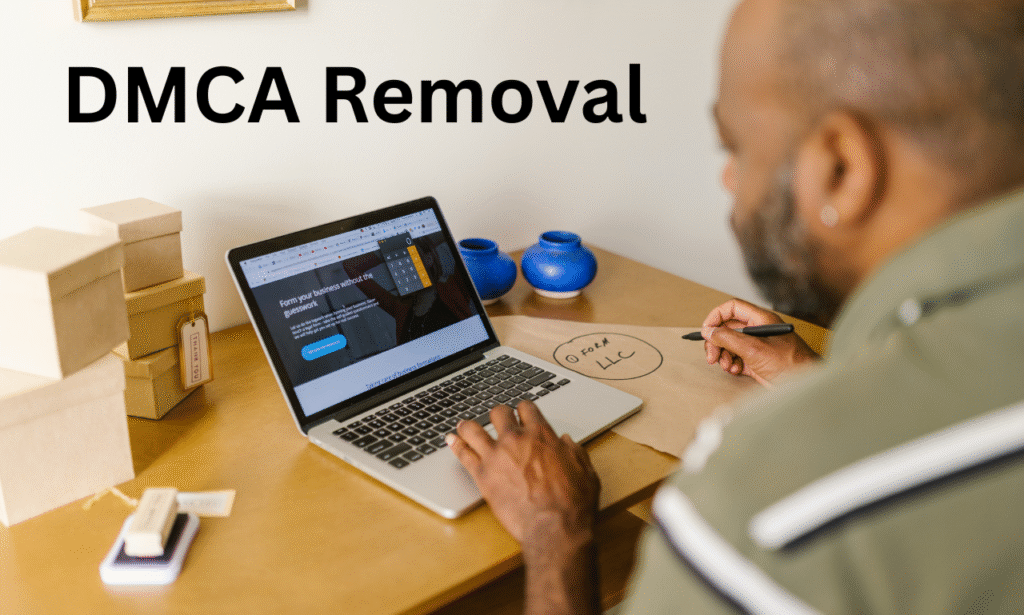DMCA Removal

DMCA Removal Policy
At techyvers.com, we take copyright protection seriously. In accordance with the Digital Millennium Copyright Act (DMCA), we provide a process for copyright holders to notify us about material they believe infringes on their copyrights. This DMCA Removal Policy outlines how to submit a complaint and what to expect from us in return.
By accessing or using this site, users agree to comply with this policy and all applicable copyright laws. We respect the intellectual property rights of others, and we expect our users to do the same.
📘 What Is the DMCA?
The Digital Millennium Copyright Act (DMCA) is a United States law enacted in 1998 to address the rights and responsibilities of online service providers and users in relation to copyrighted content. It offers a legal pathway for copyright holders to request the removal of content they believe is being used unlawfully online.
If you believe that content hosted on techyvers.com infringes your copyright, you can submit a takedown request under the DMCA.

🔍 What Content Can Be Reported?
You may submit a DMCA takedown request if you believe that:
- Your original images, videos, text, or designs are being used without permission.
- Your content has been reposted, copied, or shared without a license or proper credit.
- Someone is using your intellectual property in a way that violates your copyright.
Please note: The DMCA does not apply to content that falls under fair use, public domain, or licensed materials. If you’re unsure whether something qualifies, you may wish to consult a legal expert before proceeding.
📝 How to Submit a DMCA Takedown Notice
To file a valid DMCA removal request, you must send a written notice that includes all of the following elements. Incomplete requests may be ignored or delayed.
Your DMCA Notice Must Include:
- Your full legal name, mailing address, telephone number, and email address.
- A detailed description of the copyrighted work you believe has been infringed. If multiple works are involved, you may provide a list.
- The exact URL(s) or location on our website where the infringing material appears. A general site link is insufficient.
- A statement such as: “I have a good faith belief that the disputed use of the copyrighted material is not authorized by the copyright owner, its agent, or the law.”
- A statement, made under penalty of perjury, that: “The information in this notification is accurate and I am the copyright owner or am authorized to act on behalf of the owner.”
- Your electronic or physical signature.
⚖️ What Happens After You Submit a Takedown Request for DMCA Removal?
Once we receive a valid DMCA notice:
- We review the request. If all necessary information is provided, we typically respond within 48–72 business hours.
- We may temporarily remove or disable access to the allegedly infringing content while we investigate.
- We notify the content uploader (if applicable), giving them an opportunity to respond via a counter-notification.
- If a valid counter-notification is received, we may restore the content unless you file a court action within 10 business days.
- All actions are documented and may be shared with legal authorities if required.
🔄 Counter-Notification Process for DMCA Removal
If you are a user and believe your content was removed in error (e.g., it qualifies as fair use or you have permission to use it), you may file a counter-notification. Your counter-notice must include:
- Your name, address, phone number, and email.
- Identification of the material and its location prior to removal.
- A statement under penalty of perjury: “I believe in good faith that the material was removed or disabled as a result of mistake or misidentification.”
- A statement consenting to the jurisdiction of your local U.S. Federal District Court, or if outside the U.S., agreeing to the jurisdiction of the courts in [Your Company’s Location].
- Your physical or electronic signature.
Send your counter-notice to the same email or postal address as above. If no legal action is taken by the complainant within 10 business days, we may reinstate the content.

🚫 Misuse of the DMCA
Filing a false DMCA notice or counter-notice may result in legal liability. Under Section 512(f) of the DMCA, you may be held responsible for damages (including costs and attorney’s fees) if you knowingly misrepresent that content is infringing or was removed in error.
Please make sure:
- You own the rights or are authorized to act on behalf of the rights holder.
- The claim you’re making is made in good faith.
- You understand that your contact details may be shared with the content poster.
🔒 Privacy & Confidentiality for DMCA Removal
In accordance with the DMCA, we may forward your complaint to the alleged infringer. This means your name, email address, and the content of your report may be shared with them. We do not publicly post or share DMCA complaints unless required by law.
If you are concerned about your privacy, you may use an authorized agent or legal representative to submit on your behalf.
📌 Important Notes for DMCA Removal
- We are not a law firm and cannot offer legal advice.
- Submitting a DMCA notice does not guarantee immediate removal.
- We process claims during normal business hours only.
- If the content is hosted by a third party (e.g., embedded YouTube videos, social media posts), you may need to report the infringement directly to the hosting platform.
🤝 Respect for Copyright
We believe in supporting creators and protecting intellectual property. Our platform is designed for fair use, educational resources, and original work. We are committed to a safe and legal digital environment for everyone.
If you believe your rights have been violated, don’t hesitate to contact us. We’ll handle your request with urgency, fairness, and transparency.
📬 Questions aboout DMCA Removal?
For any questions or clarifications regarding this policy, please contact our compliance team at:
📧 dmca@techyvers.com
Frequently Asked Questions (FAQs) About DMCA Removal
1. What is a DMCA Removal?
A DMCA Removal refers to the process of taking down copyrighted content from a website or platform in accordance with the Digital Millennium Copyright Act (DMCA). If someone believes their original work has been posted without permission, they can file a DMCA Removal request to have it taken offline legally.
2. How do I file a DMCA Removal request?
To file a DMCA Removal request, you need to submit a written notice that includes your contact information, details of the copyrighted work, the URL of the infringing material, and a good faith statement that the use is unauthorized. This notice must also include a declaration under penalty of perjury and your electronic or physical signature. Send your DMCA Removal notice to the website’s designated agent or listed contact email.
3. What happens after a DMCA Removal notice is submitted?
Once a DMCA Removal notice is submitted and verified, the website will review the claim. If the notice is valid, the allegedly infringing content is removed or disabled temporarily. The uploader is notified and has the right to file a counter-notice. If no legal action is taken within 10 business days of a valid counter-notice, the content may be reinstated.
4. Can I be penalized for a false DMCA Removal notice?
Yes. Filing a false DMCA Removal notice knowingly may lead to legal consequences under Section 512(f) of the DMCA. If you make a claim without actually holding the rights or without authorization, you could be liable for damages, attorney’s fees, and other costs. Always ensure your claim is legitimate and made in good faith.
5. Is DMCA Removal effective on international websites?
While DMCA Removal is a U.S.-based law, many international websites honor DMCA policies, especially those hosted in or targeting U.S. users. However, compliance may vary depending on the site’s jurisdiction. For broader protection, consider additional legal support or filing directly with hosting providers or international copyright enforcement bodies.